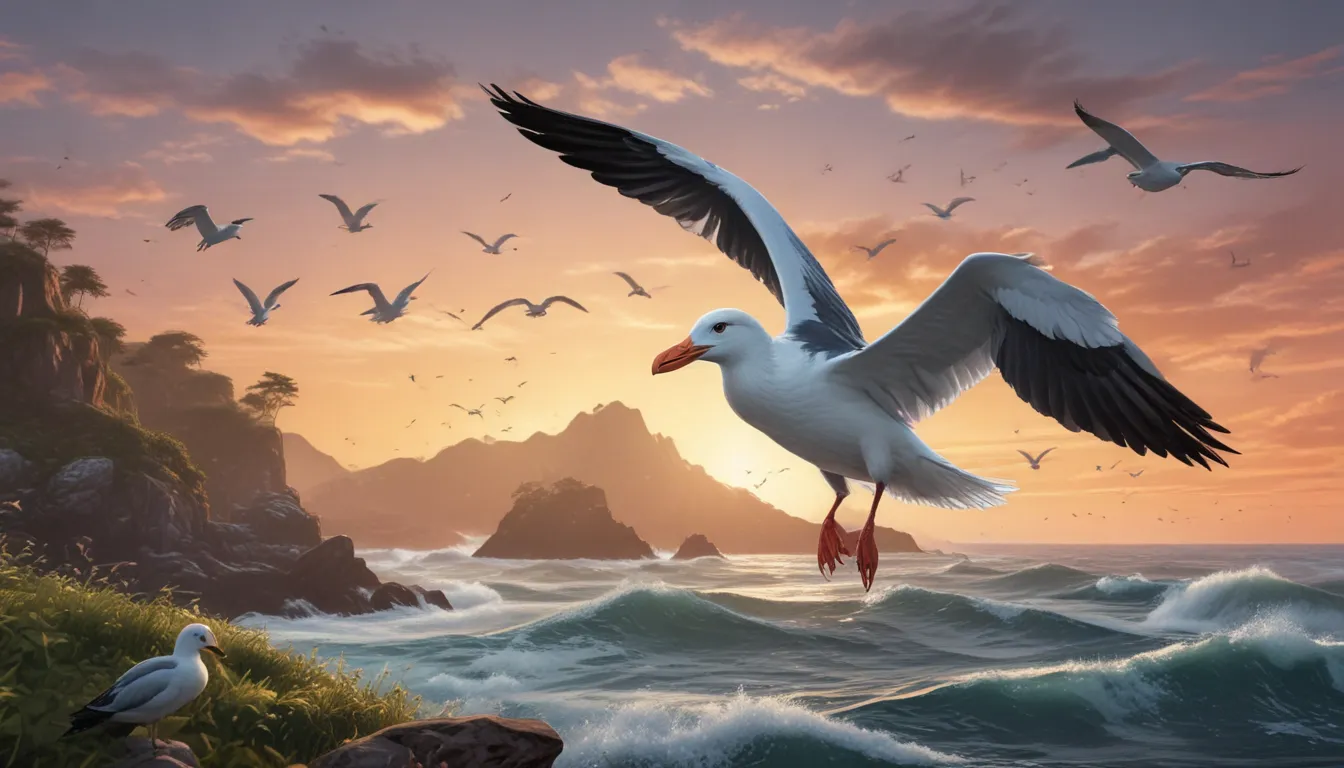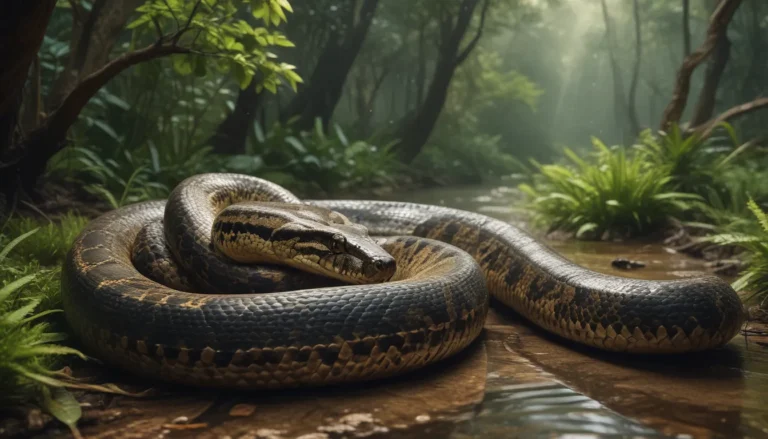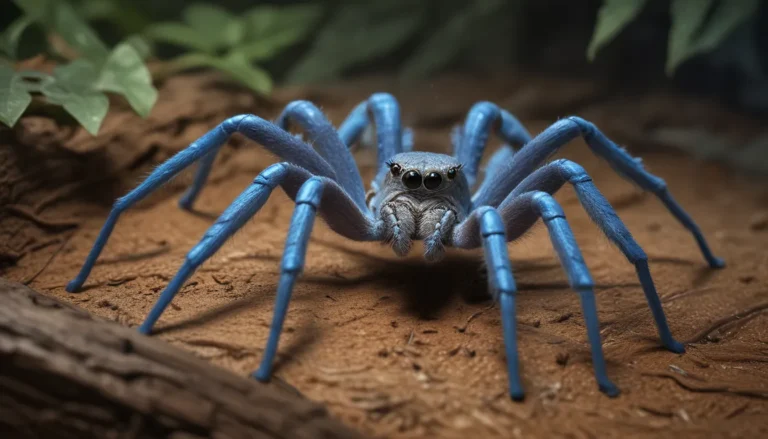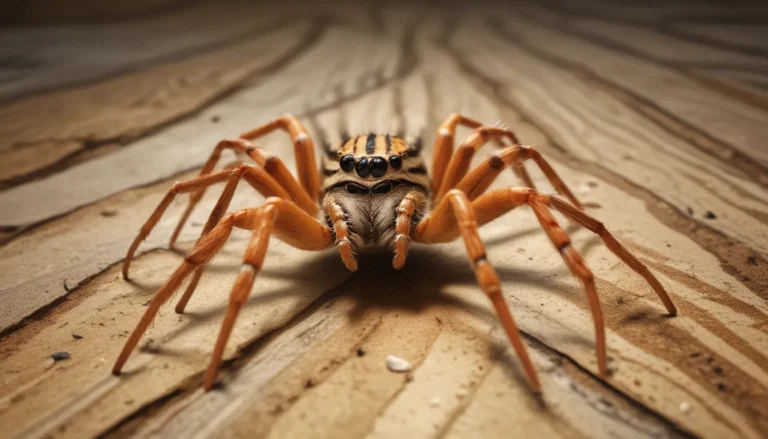The pictures we use in our articles might not show exactly what the words say. We choose these pictures to make you interested in reading more. The pictures work together with the words but don’t take their place. The words still tell you the important facts.
Seabirds are extraordinary creatures that have intrigued and enchanted people for centuries. With their incredible abilities and unique adaptations, these birds have established themselves as key players in the world's oceans and coastal regions. From their graceful flights to their remarkable communication skills, there is so much to uncover and appreciate about seabirds.
In this article, we will delve into 15 captivating facts about these incredible avian creatures. From their impressive migration patterns to their specialized beaks, we will explore the remarkable world of seabirds and reveal the secrets that make them so extraordinary. So, let's embark on a journey of discovery as we unravel the mysteries of seabirds and celebrate their existence.
Unveiling the World of Seabirds
- Seabirds possess waterproof feathers, exceptional vision, and the unique ability to drink saltwater.
- They play a crucial role in marine ecosystems and face conservation challenges that require our attention.
- Seabirds display a wide range of fascinating behaviors, from their flying abilities to their complex mating rituals.
The Fascinating World of Seabirds
Seabirds’ Waterproof Feathers
- Seabirds have specially adapted feathers coated with oils, making them highly resistant to water.
- This adaptation allows seabirds to stay buoyant and dry even in challenging marine environments.
Impressive Flying Abilities
- Species like albatrosses and petrels are known for their remarkable flying capabilities.
- Seabirds can cover thousands of miles during their migrations, sometimes circumnavigating the globe.
Exceptional Vision
- Seabirds possess keen eyesight, enabling them to spot food from above the water's surface.
- This visual acuity helps them locate schools of fish or other marine creatures for feeding.
Saltwater Drinking Ability
- Seabirds have specialized glands that remove excess salt from their bodies, allowing them to drink seawater for hydration.
Proficient Divers
- Certain species like puffins and gannets are skilled divers, capable of plunging deep into the water to catch their prey.
- They can dive to impressive depths and remain submerged for extended periods.
Highly Social
- Many seabirds form large colonies where they nest and raise their young together.
- These colonies can consist of thousands or even millions of birds, creating a spectacular sight and sound.
Complex Mating Rituals
- Male seabirds engage in elaborate courtship displays during breeding season to attract females.
- These displays involve dancing, vocalizations, and impressive aerial acrobatics.
Excellent Navigators
- Seabirds can navigate across vast distances using cues like the sun, stars, and Earth's magnetic field.
- This navigation ability allows them to find their way back to nesting sites year after year.
Vital Role in Marine Ecosystems
- As top predators, seabirds help regulate populations of prey species.
- They contribute to nutrient cycling by feeding in the ocean and bringing back nutrients to coastal areas where they nest.
Long Lifespan
- Some seabird species like albatrosses can live for several decades.
- The oldest known wild bird, a Laysan albatross named Wisdom, is still breeding at the age of 70!
Specialized Beaks
- Seabirds have evolved a variety of beak shapes and sizes to suit their feeding habits.
- Each species has a unique tool for capturing prey, from sharp hooked beaks to long slender ones.
Indicators of Marine Health
- Seabird populations serve as indicators of the overall well-being of marine ecosystems.
- Declines in seabird populations can signal environmental issues like overfishing or pollution.
Communication Through Vocalizations
- Seabirds have a diverse range of calls, from haunting cries to melodious songs.
- These vocalizations are used for communication within colonies, attracting mates, and defending territories.
Monogamy and Pair Bonding
- Many seabird species mate for life, forming long-term pair bonds.
- They often return to the same nesting site and reunite with their partner year after year.
Conservation Challenges
- Seabird populations are declining globally due to threats like habitat loss, climate change, pollution, and overfishing.
- Conservation efforts are vital to protect these incredible birds and the ecosystems they depend on.
Understanding the Importance of Seabirds
In conclusion, seabirds are essential creatures that contribute significantly to marine ecosystems. Their unique adaptations, impressive behaviors, and crucial role in nutrient cycling make them invaluable members of the natural world. By recognizing the significance of seabirds and the challenges they face, we can work towards their conservation and ensure the preservation of our planet's biodiversity.
Dive Deeper into the World of Seabirds
Seabirds' extraordinary adaptations and behaviors make them truly remarkable creatures worth celebrating and protecting. Whether you're intrigued by the charismatic puffins with their colorful beaks or the elegant royal terns known for their distinctive black crests, there's always more to explore about these avian wonders. Take a closer look at the microscopic world of zooplankton, the foundation of marine food webs that support the seabirds we admire.
Your Feedback Matters
Our mission is to provide engaging and accurate content that educates and inspires. Each fact on our site is contributed by real users like you, ensuring a diverse range of insights and information. Our dedicated editors review each submission meticulously to maintain the highest standards of accuracy and reliability. Explore and learn with us, knowing that the facts we share are fascinating, credible, and trustworthy.
By understanding the behavior, habitat, and ecological importance of seabirds, we can better appreciate and protect these incredible animals. Whether it's the majestic albatross soaring through the winds, the comical antics of puffins on cliffs, or the graceful dives of terns, seabirds captivate our imaginations and remind us of the wonders of the natural world. So, next time you encounter a seabird, take a moment to marvel at their beauty and significance in our planet's ecosystems.
FAQs - All Your Seabird Questions Answered
- Q: What are some common species of seabirds?
- A: Common species include albatrosses, gulls, puffins, terns, shearwaters, and petrels.
- Q: How do seabirds locate their food in the vast ocean?
- A: Seabirds use their excellent eyesight and sense of smell to spot fish from above or follow scent trails.
- Q: Why are seabirds important for the marine ecosystem?
- A: Seabirds enrich the ocean with nutrients through their guano, supporting the marine food chain.
- Q: Do all seabirds migrate?
- A: No, some are resident while others undertake extensive migrations in search of food or breeding sites.
- Q: How do seabirds survive in harsh marine environments?
- A: Seabirds' adaptations like waterproof feathers and salt glands help them thrive in challenging conditions.
Seabirds are true marvels of nature, each species unique in its behavior and adaptations. Their presence enriches our coastal and marine environments, reminding us of the delicate balance of ecosystems. Let's continue to learn, appreciate, and protect these extraordinary creatures that grace our shores and oceans with their beauty and significance.






